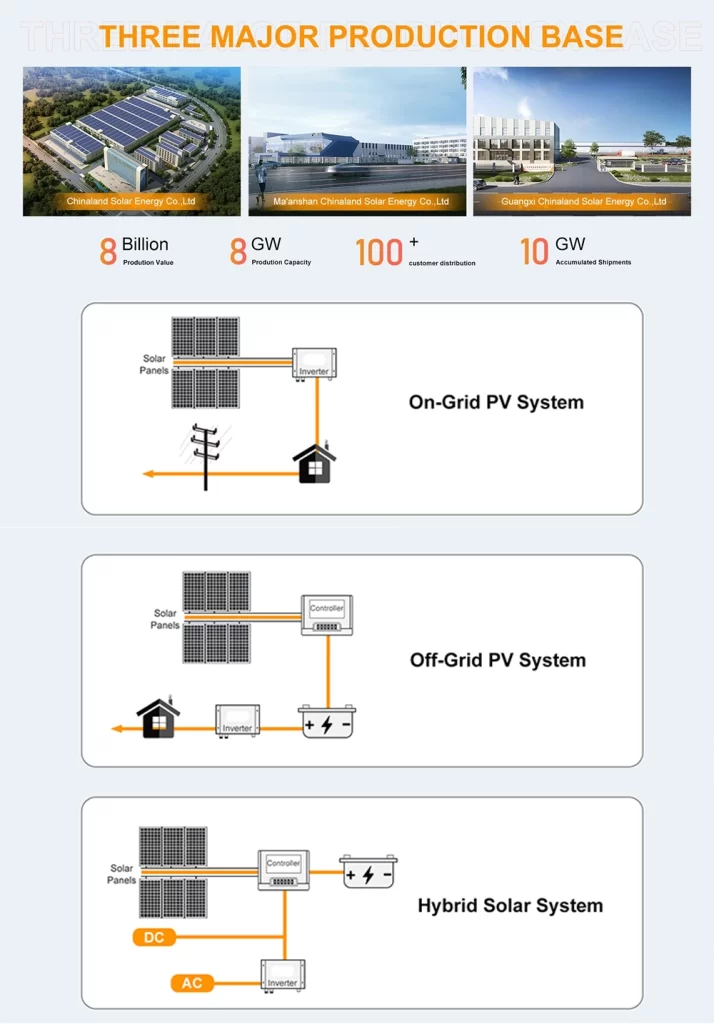Table of Contents
Imagine waking up every morning to the gentle hum of your home powered by the sun. Off-grid solar systems offer not just energy independence but also a sustainable way to reduce your carbon footprint and save on electricity bills. In this guide, we'll walk through the steps to design a robust home solar power system that suits your needs and integrates seamlessly into your lifestyle.

Understanding Your Energy Needs
Before diving into solar panel kits and battery systems, it's crucial to assess your household's energy consumption. Take inventory of your appliances and devices, noting their power ratings and average daily usage. Calculate your total daily energy consumption in kilowatt-hours (kWh) to determine the size of the solar power system you'll need. Consider seasonal variations and any future changes in energy usage to ensure your system is adequately sized.
Choosing the Right Solar Panel Kit for Home
When selecting a solar panel kit for your home, opt for a complete solar power system kit that includes all necessary components. Look for reputable brands known for reliability and performance. Consider factors such as solar panel efficiency, warranty, and compatibility with your roof or mounting location. Determine whether you prefer monocrystalline, polycrystalline, or thin-film solar panels based on your space and aesthetic preferences.
Sizing Up Your Solar Panels
The size and placement of your solar panels are critical to maximizing energy production. Calculate the number of panels needed based on your energy consumption and the available sunlight in your area. Ensure your panels are installed in a location with minimal shading and facing the optimal direction (usually south in the northern hemisphere) to capture maximum sunlight throughout the day. Consider factors like tilt angle and seasonal adjustments to optimize energy yield.

Powering Up with Batteries
For off-grid systems, battery storage is essential to store excess energy generated during the day for use at night or during cloudy periods. Choose deep-cycle batteries designed for solar applications, such as lead-acid or lithium-ion batteries. Size your battery bank to provide sufficient energy storage capacity, typically enough to cover several days of usage to account for inclement weather or prolonged periods without sunlight.
Selecting the Right Charge Controller and Inverter
A charge controller regulates the voltage and current from the solar panels to the battery bank, protecting your batteries from overcharging or excessive discharge. Select a charge controller based on the voltage and current ratings of your solar panels and battery bank. Similarly, an inverter converts DC power stored in the batteries into AC power for use in your home. Choose an inverter with sufficient capacity to handle your peak power demands, ensuring compatibility with your electrical system.
Installation and Integration
Once you've selected your components, it's time to install and integrate your solar power system. Follow manufacturer guidelines and local building codes for safe and efficient installation. Securely mount your solar panels on your roof or ground-mounted racking system, ensuring proper wiring and grounding. Connect your panels to the charge controller and batteries, then install the inverter to convert DC power to AC power for use in your home.
Monitoring and Maintenance
Regular monitoring and maintenance are crucial to ensure the long-term performance and efficiency of your solar power system. Monitor energy production, battery voltage, and system performance using monitoring software or built-in system displays. Inspect and clean your solar panels periodically to remove dirt, debris, and snow that can reduce efficiency. Test and replace batteries as needed to maintain optimal storage capacity and longevity.
Enjoying Solar Freedom
Congratulations! You've successfully designed and installed your home solar power system. Embrace the benefits of energy independence, reduced electricity bills, and environmental stewardship. Take pride in knowing that you're contributing to a cleaner, more sustainable future for yourself and future generations. Share your experience with friends and neighbors, inspiring others to consider solar energy as a viable option for their homes.
Conclusion
Designing a home solar power system requires careful planning and consideration of your energy needs, solar panel selection, battery storage, and system integration. By following these steps and leveraging the power of the sun, you can create a reliable and efficient off-grid solar system that meets your household's energy demands. Embrace solar freedom today and embark on a journey toward a brighter, cleaner future powered by renewable energy.

